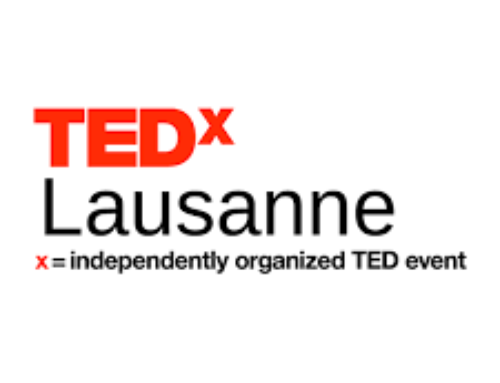 Communicating effectively across different cultures and demographics is always a hot topic for communicators in international business, as it represents a very real challenge and part of our daily lives. So I was interested to see that this was the subject of the latest event by ASPIC (The Association for Strategy and Planning in Internal Communications).
Communicating effectively across different cultures and demographics is always a hot topic for communicators in international business, as it represents a very real challenge and part of our daily lives. So I was interested to see that this was the subject of the latest event by ASPIC (The Association for Strategy and Planning in Internal Communications).
During the event, speakers outlined that there’s no such thing as ‘common meaning’. People derive their own meaning, in their own context, from the messages you send – so the potential for misunderstanding is huge.
Culture, which also includes all forms of diversity, matters for every business as it can exaggerate misunderstanding, though speakers warned that we mustn’t assume that a person’s culture completely determines their communication choices and responses.
So how can we tackle cultural diversity? Well there was plenty of food for thought as speakers shared the various ways they have overcome the issues relating to culture:
• At telecoms company O2 they adopted a ‘Talk don’t tell’ culture where employees where given several ways to communicate back to management, who in turn listened, learned and reacted to staff, right across the business.
• At TFL, they have instilled a socially inclusive environment that ensures that all policies are appropriate to all staff and that there is no ‘tokenism’.
• They have also adopted Plain English in all communications, excluding all jargon and unnecessarily complex language to help comprehension.
Reassuringly, the conference highlighted that two of the most prominent tools for communicating effectively across cultures are: knowing your audience and how they see the world; and measuring and evaluating your communications and learning from the results – something that most competent communicators are already doing.
Melitta




